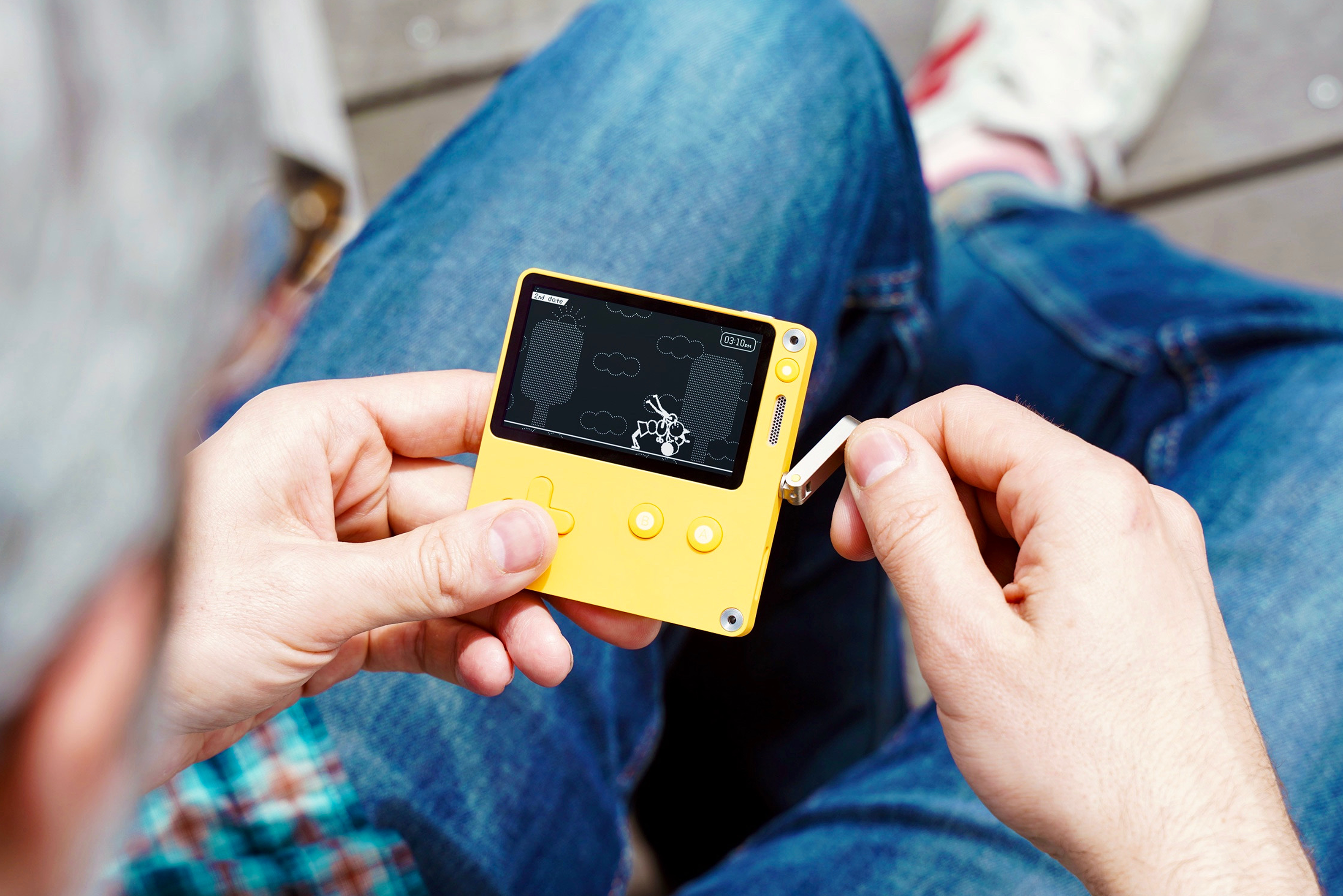Our Verdict
The Surface Pro 7+ may have been designed for businesses and enterprise customers, but the hardware improvements also make it worth seeking out if you're an illustrator or art student. This Windows 10 tablet hybrid truly provides the best of both worlds, but you'll need to look elsewhere if you need some serious power for 3D or video work.
For
- Great performance
- Pen performance matches budget display tablets
- Lightweight and ultra-portable
Against
- No Thunderbolt
- Stylus and keyboard come sold separately
Why you can trust Creative Bloq
The Microsoft Surface Pro 7+ is a mid-generation update for the original Surface Pro 7 tablet that provides a few upgrades in regards to performance and user experience, and while it’s far from the most exciting product released last year, there are reasons to consider picking one up in 2022.
It’s worth noting that while Surface devices are popular amongst creatives (particularly those who prefer Windows over IOS), the Microsoft Surface Pro 7+ is actually designed with business professionals and enterprise customers in mind – much like Microsoft's new Surface Laptop Studio – and is marketed as such, though it isn’t difficult to pick one up as a standard consumer.
The upgrades from the original Surface Pro 7 come in the form of a newer, more powerful processor generation that offers increased graphics performance and extended battery life, as well as a removable SSD and built-in LTE (Long-Term Evolution) on select models.
Size: 292 mm x 201 mm x 8.5 mm
Weight: 784g (1.73 lb)
Processor: Up to an Intel i7-1165G7
Resolution: 2736 x 1824
Screen: 12.3-inch PixelSense™ Display
Storage: Up to 1TB SSD (PCIe, NVMe, M.2)
Battery: Up to 7 hours 10 minutes
The boost to graphical power makes this more appealing for anyone who wants to use a tablet or 2-in-1 device to run creative applications alongside those used for work or recreation, but there are still some notable caveats, especially when you stack it against its fresher-faced sibling, the Surface Pro 8.
Surface Pro 7+: price
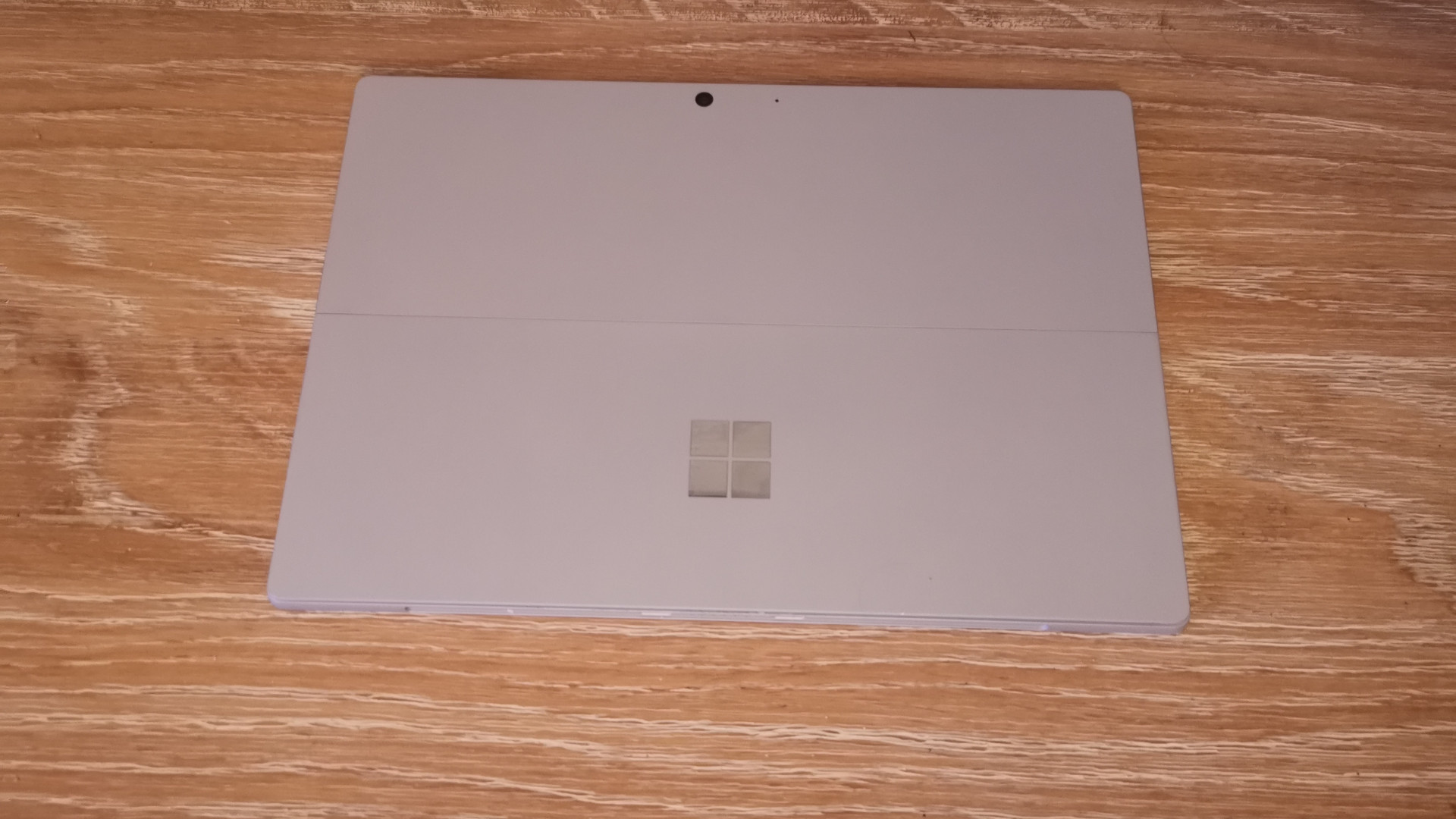
You can pick up the Surface Pro 7+ from around $930/£799 for the lowest Intel i3 specification, though there are a few different models to choose from right up to an 11th generation Intel i7-1165G7, so you can pick which variant to best suit your needs. If you’re wanting a Microsoft Surface device for any creative work then try to opt for at least the beefier Intel i5 model.
Pricing each model gets tricky, as does sourcing them if you’re not an enterprise or business customer because they’re not intended for public purchase, but that doesn’t mean you won’t be able to get your mitts on one. Some retailers like Currys and Best Buy do carry some variants, though we were unable to locate a maxed-out Intel i7 specification to buy.
Another thing to remember is that the accessories commonly seen with the Surface Pro 7+ are sold separately, so the above price is for the tablet itself and nothing else. Additions like the Surface Pro Signature Keyboard will cost you $180/£160, and the Surface Slim Pen 2 costs $130/£120, though you can often find the two accessories bundled together with an applied discount.
Surface Pro 7+: display
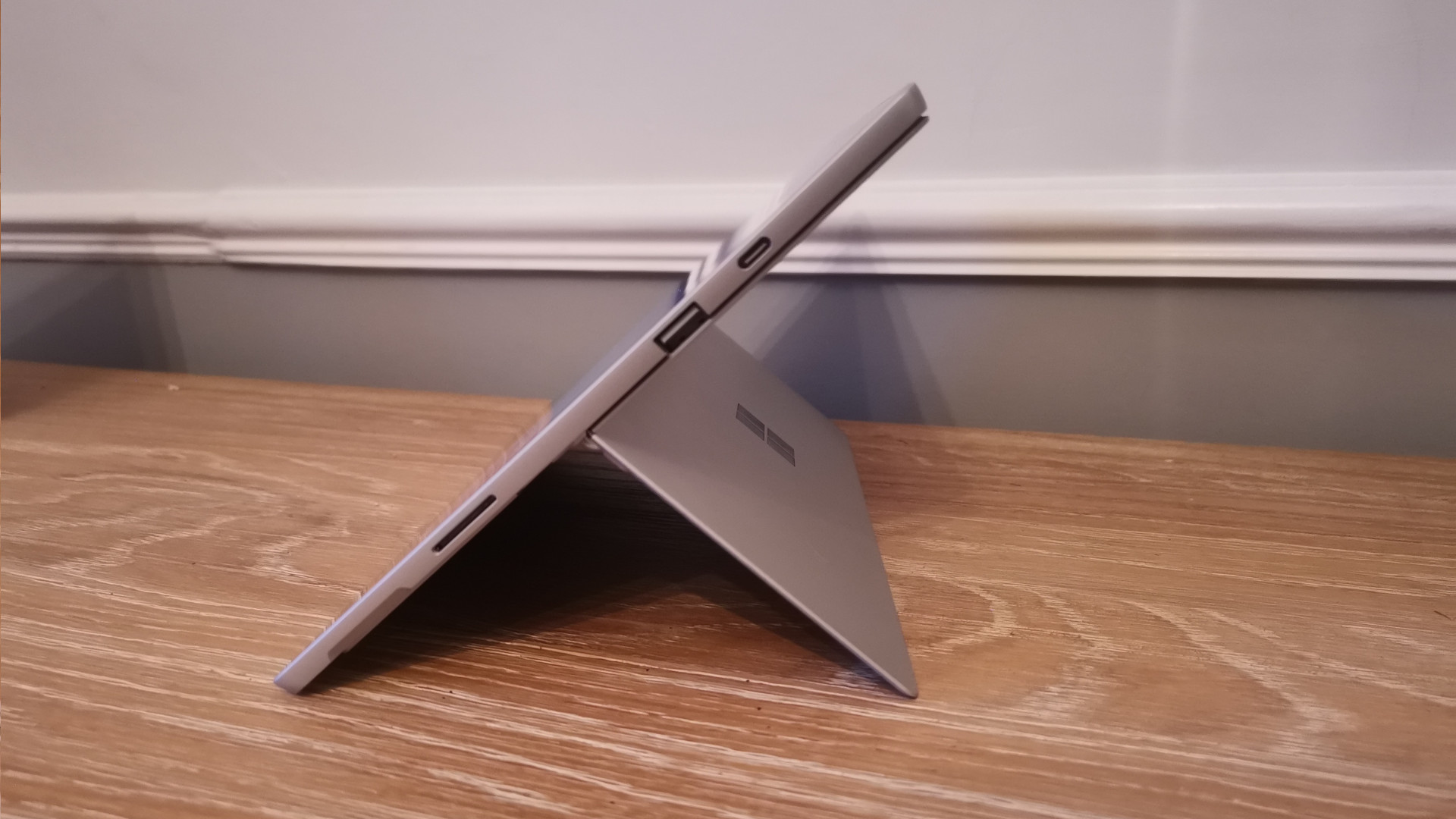
The screen may look a little dated thanks to those chunky bezels, but thankfully the tech is still competent. The 12.3-inch PixelSense display has a 2736x824 resolution, capable of switching between different enhancement and colour modes. PixelSense is a Microsoft branded touchscreen tech that optimises multitouch, hand gestures and optical recognition, and our tests saw that it achieved around 91% sRGB coverage. Comparatively, the 2020 iPad Pro 12.9-inch (something we can consider as the Surface Pro 7+’s closest competitor) can achieve around 120% sRGB colour gamut.
This lower number isn’t the end of the world, but it certainly doesn’t give it much of a spotlight against the iPad Pro range of tablets, even when considering things like the style of each brand's respective styluses. While both generations of the Apple Pencil resemble…well, a pencil, the Surface Slim Pen 2 has a slightly unnatural shape and weight to it that doesn’t quite meet the same comfort standards.
You’re getting 4,096 pressure levels of sensitivity too, which is the same as you’d get using Wacom One Pen, but that’s still around half as much as you’d get in the more powerful Wacom display tablets. All that said, the Surface Slim Pen 2 greatly outperforms the older Surface pen and improves on things like tilt recognition, so if you can look past the funky shape then you’re golden.
The Surface Pro 7+ also isn’t as bright as the 2020 iPad Pro, achieving around 392 nits of brightness (against Microsoft’s promised 400) while Apple’s offering can measure in at 550. The display is actually almost identical to the one on the original Surface Pro 7 too, so while it would be understandable to include the thick screen bezels in an enterprise-only device to avoid accidentally touching something on the display when holding it, it appears that Microsoft is just fine with the ugly styling as it made the same appearance in the original consumer-targeted product.
Another disadvantage it has against the current generation of Apple iPad Pro tablets is that the Surface Pro 7+ doesn’t appear to have a laminated display. This information isn’t available anywhere to confirm, but there is noticeable parallax when compared to sketching or illustrating on a 2020 iPad Pro. The actual drawing experience isn’t unpleasant though, so while we would assume this is a better product for photographers or graphic designers, it’s still perfectly serviceable for illustration.
Surface Pro 7+: power and performance
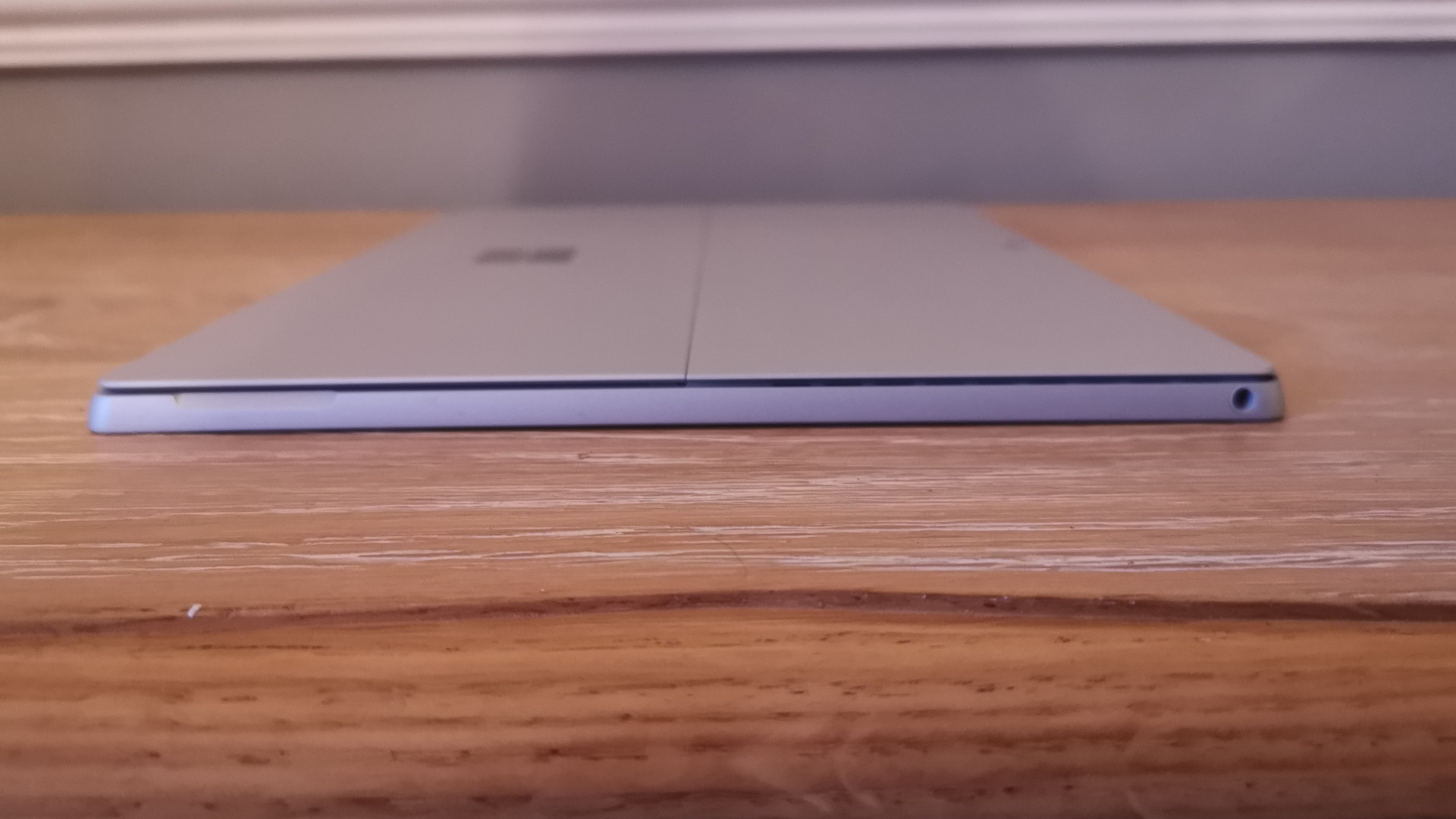
This is where the ‘Plus’ starts to shine, as most of the difference between the Surface Pro 7+ and the consumer-focused Surface Pro 7 is the upgraded internal hardware. You can select between three different 11th generation ‘Tiger Lake’ Intel processors and configure the device to have up to 32GB of RAM to avoid unnecessarily buying a device that's too powerful or not beefy enough to perform to your requirements.
The Xe core built into the Tiger Lake architecture is what makes this a great purchase over the consumer-targeted Surface Pro 7 model, showing some impressive graphical performance in our tests. The Intel Iris Xe graphics won’t be powering your games any time soon (we tried to run The Witcher 3 and managed around 19 frames-per-second at 1080p), but it's pretty capable at video and photo editing, especially considering this is an ultra-portable tablet and not a full laptop.
Given that this is a full Windows-based device you’re also not limited to running watered-down applications, allowing you to install and run the full versions of programs like Photoshop and Premiere Pro. The i3 and i5 powered models are also fanless, so if you wanted to use the Surface Pro 7+ to do some image editing or sketching then you won’t be disturbed by any loud noises. The more powerful i7 variant does have a fan, but it isn’t overly loud, and you’ll be grateful for the improved thermals if you want to try editing 4k video on it.
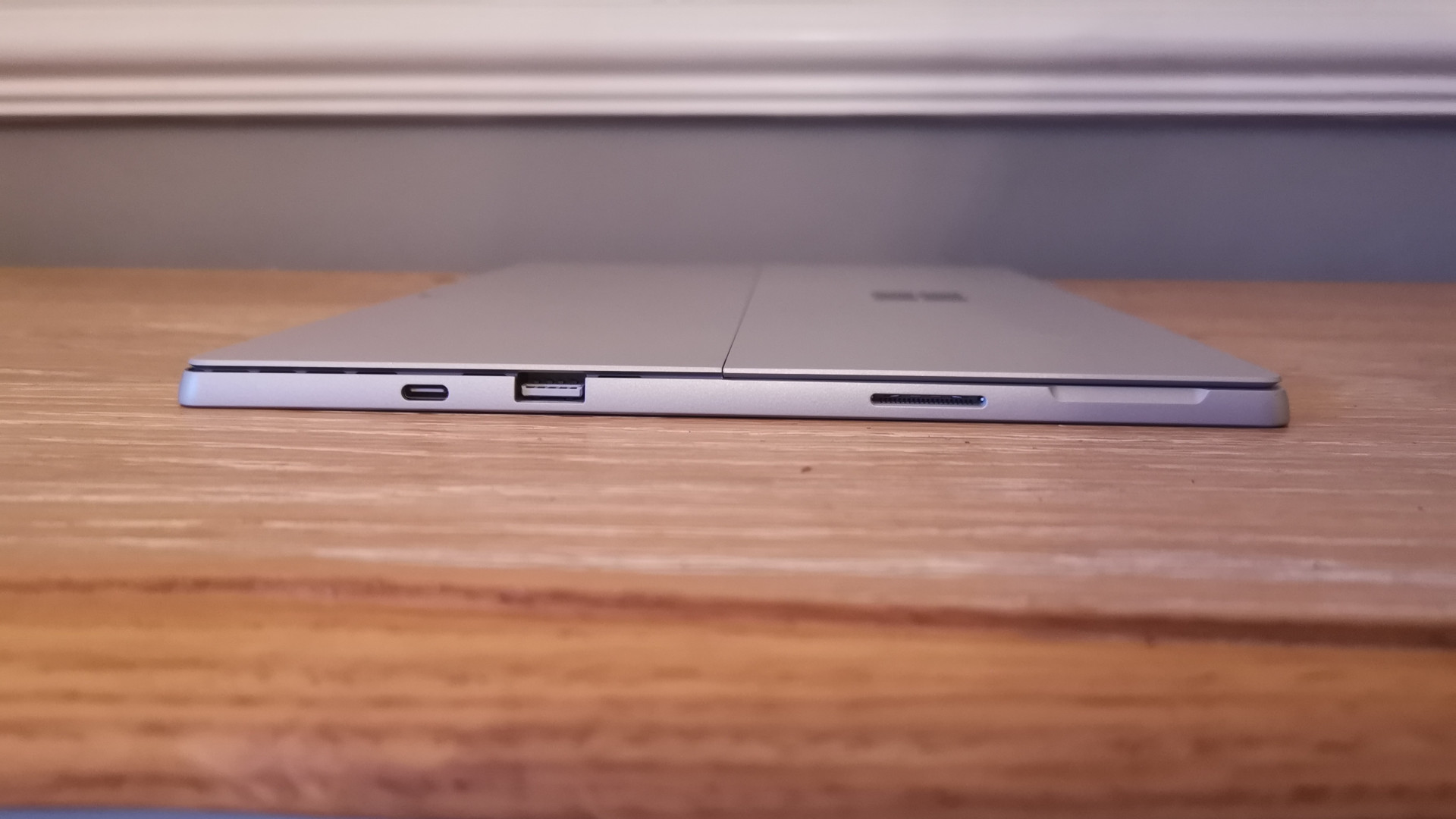
Battery life is another area where Microsoft claimed to have made improvements over the previous Surface Pro 7 model, supposedly making the Plus model capable of working for up to 15 hours. We couldn’t get anywhere near that in our tests, with it tapping out at around 7 hours 10 minutes of real-world use and just 6 hours and 43 minutes in our looped video test.
The Surface Pro 7+ has built-in LTE connectivity, which proves beneficial if you’re stuck trying to upload a project or stream content in a remote location with no access to WiFi. It doesn’t support 5G, but having it as an option is better than not having it at all.
It’s worth remembering that while a Surface Pro device can be costly, they’re not ideally suited to be used as a dedicated creative workstation, and would be better used as a secondary device. The slim form factor makes the range a fantastic piece of kit for anyone who travels frequently or likes to get work done on the go, but we can’t compare performance in tasks like video editing against other laptops or desktops that come equipped with discrete graphics cards.
That said, the Surface Pro 7+ performed admirably in most desktop applications we tried, and having access to the full version of popular programs already gives it a leg up over the iPad Pro. There was no noticeable lag in Adobe Photoshop, though Blender and Premiere Pro were a tad sluggish. Far from unusable, but you may want something with some more power under the hood if you want to focus mostly on demanding 3D sculpting and renders or high-resolution video editing.
Surface Pro 7+: design
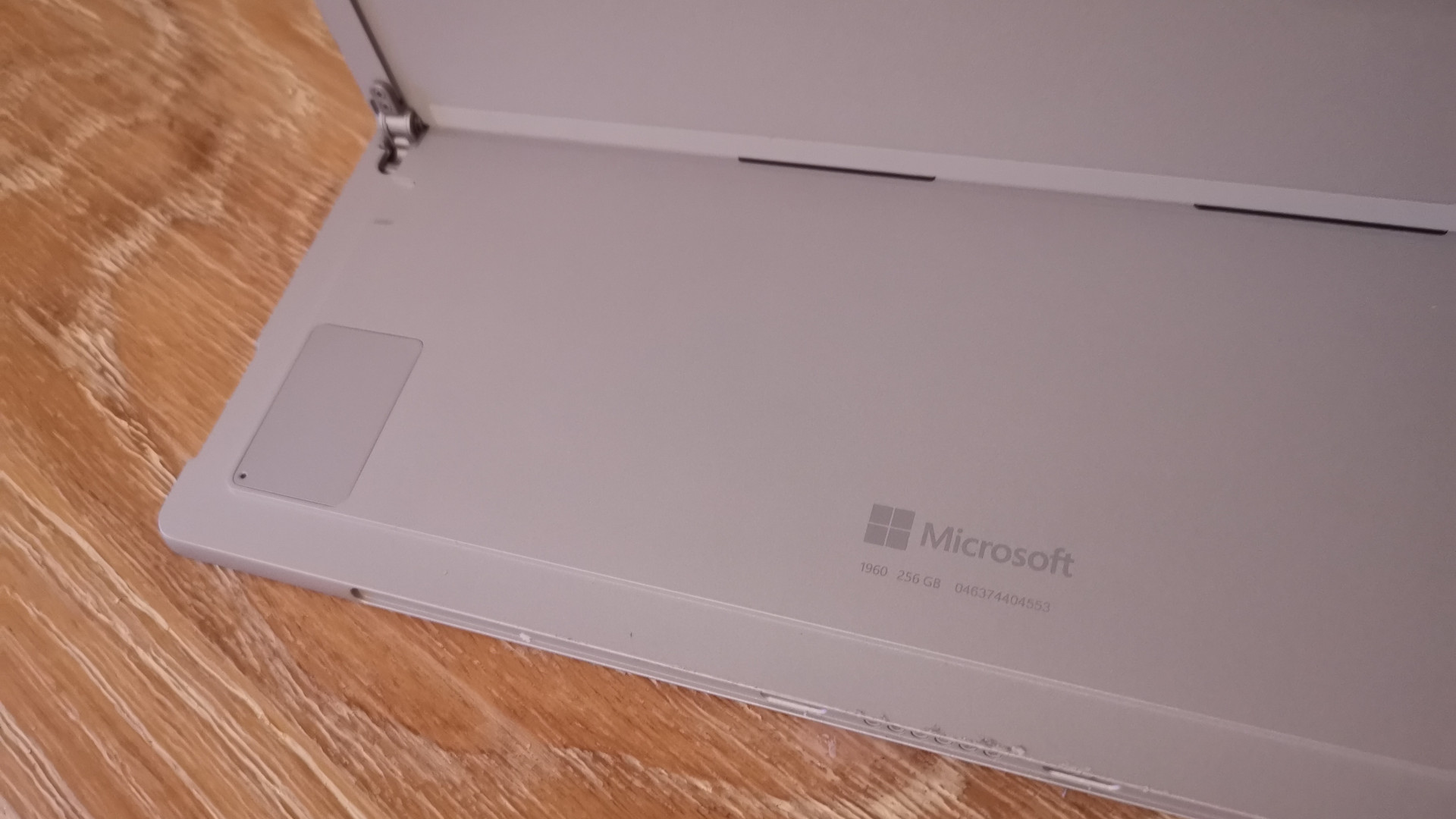
The physical design is unchanged from the original Surface Pro 7, so there’s a distinct lack of ports on the Surface Pro 7+ but that shouldn’t surprise you, given this is a tablet device. You’re getting a standard headphone jack USB-C and USB-A port, alongside features like facial recognition via Windows Hello, Wi-Fi 6 support, and 1.6W Dolby Atmos speakers. There’s also a small hatch on the rear that conceals an M.2 2230 SSD which can be freely removed and upgraded should you want to expand your storage.
A big complaint here is the lack of Thunderbolt 4, so you’re reliant on the magnetic Surface Connect port for docking (though you can charge the device using the USB-C port if needed). It’s disappointing as that locks you into the Surface ecosystem, requiring you to buy the Surface Dock 2 to connect up to two 4K 60 Hz monitors. Some fans of Microsoft choose Windows products over Apple offerings because they don’t like the idea of being tied into a strict product ecosystem, so this feels rather exclusionary.
The lack of ports also makes adding additional peripherals a bit of a pain, so you might want to consider sticking to a mouse and keyboard that uses Bluetooth rather than a wired connection. The WiFi-only models also come with a MicroSDXC card reader so you can quickly move over any images or files from another device. Though this is absent in the LTE versions.
You also get a couple of cameras on the Surface Pro 7+, a 1080p 5MP front-facing ‘webcam’ for video calls, and an 8MP 1080p camera located on the rear. Both of these are fairly high quality, so while you won’t be using them to film or take studio-quality images, they’ll suffice for a video presentation.
The stand is stiff and very sturdy despite its slimness and we were able to lean on it slightly while resting a palm on the screen for doodling. Thios didn’t interfere with the display at all and while we wouldn’t suggest putting any real weight on it, it didn’t feel flimsy.
Surface Pro 7+: should you buy it?
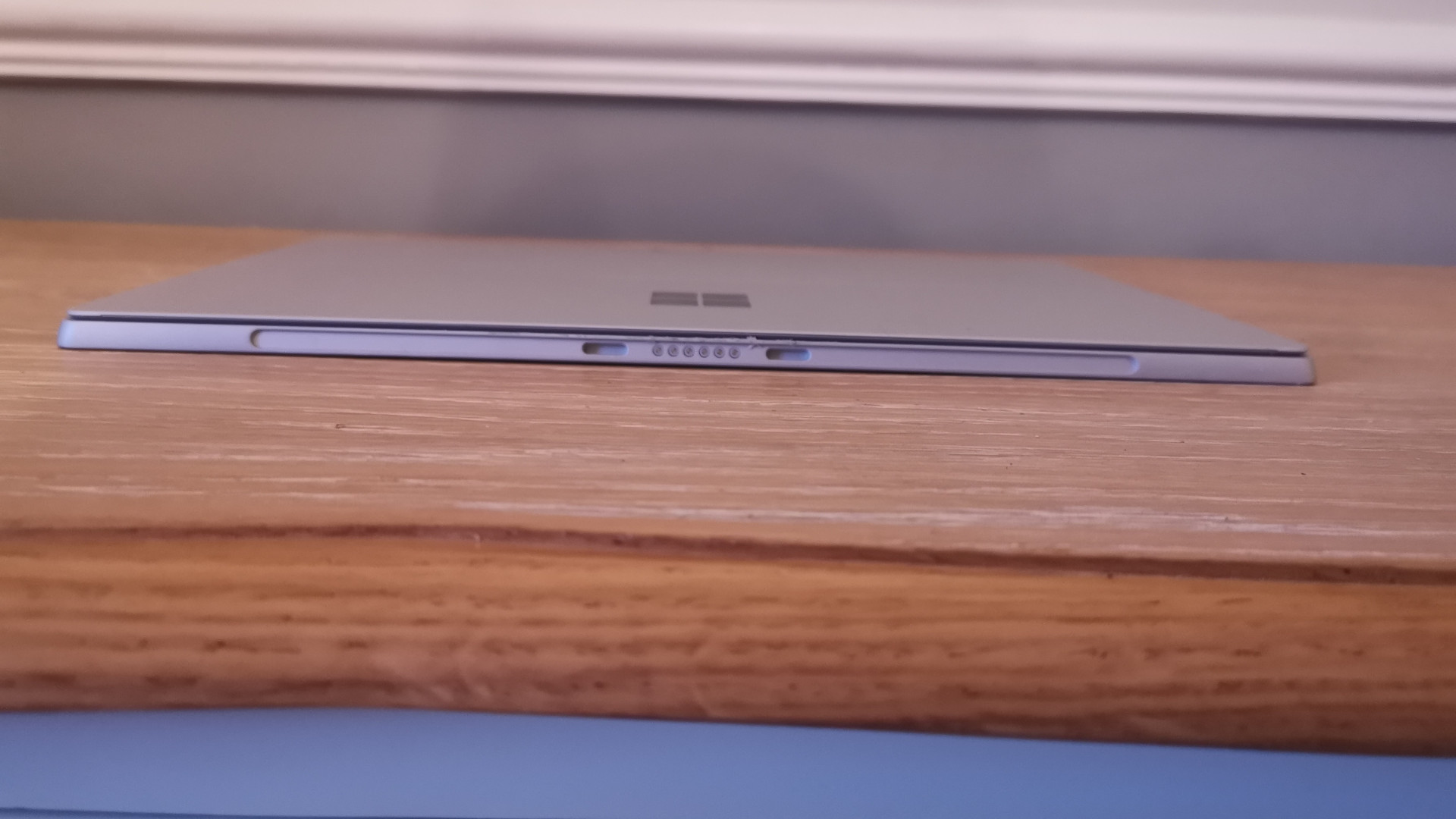
The Surface Pro 7+ could be the ideal creative device, if you know exactly what you want from your hardware. We wouldn’t recommend it as a dedicated option for high-resolution video editing or 3D work as while it copes with that workload, it doesn’t exactly excel. If you’re looking for a lightweight machine for daily meetings or general work that also doubles as a digital sketchbook then this is a great choice though, cutting out the need to buy a separate graphics tablet for illustration or photography editing and freeing up space in your bag.
The higher-spec you can go the better, and we especially wouldn’t suggest trying to use the i3 powered version for any creative work, but even the mid-spec i5 will cope fine running Adobe Photoshop. As far as all-in-one systems go, the Surface Pro 7+ is one of the best Windows-based devices on the market, allowing you to doodle on the go with the full-fat versions of certain applications over the watered-down ‘lite’ ones made available on ARM or Apple iOS.
It’s not the best laptop on the market, nor does it come close to being the best tablet, and for straight-up digital illustration, the iPad Pro will still give it a run for its money. But if you want a genuine hybrid between both types of hardware, the Surface Pro 7+ might be exactly what you need.
Related articles:
- The best Surface Pro 8 prices: all the best deals right now
- Microsoft Surface Pro 7 review
- Get the best external hard drives here

Thank you for reading 5 articles this month* Join now for unlimited access
Enjoy your first month for just £1 / $1 / €1
*Read 5 free articles per month without a subscription

Join now for unlimited access
Try first month for just £1 / $1 / €1
out of 10
The Surface Pro 7+ may have been designed for businesses and enterprise customers, but the hardware improvements also make it worth seeking out if you're an illustrator or art student. This Windows 10 tablet hybrid truly provides the best of both worlds, but you'll need to look elsewhere if you need some serious power for 3D or video work.

Jess is news writer at The Verge. She was previously TechRadar's computing writer, covering hardware, PC gaming and peripherals, though she can be found freelancing for creative tech like 3D printers and graphics drawing tablets. She also likes to dabble in digital art and can often be found playing games of both the PC and Tabletop variety, occasionally streaming on Twitch to the disappointment of everyone.

